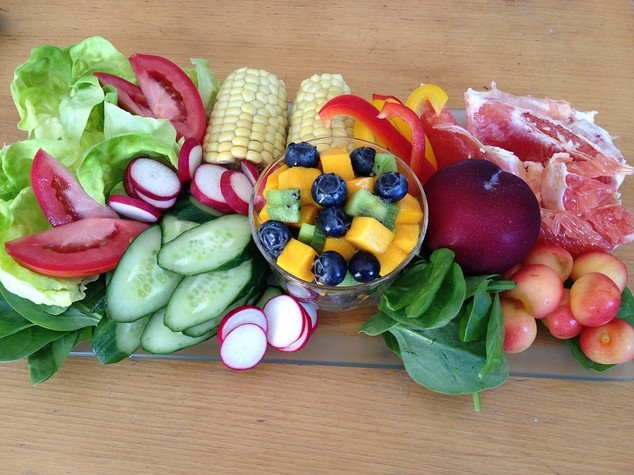Italy's organic food sales and exports are rising
(AGI) Bologna, Sept 9 - Italy's organic food industry continues to enjoy a healt...

(AGI) Bologna, Sept 9 - Italy's organic food industry continues to enjoy a healthy period of growth, with all of the most important indicators on the rise: surfaces are up 7.5 percent compared to 2014, operators by 8.2 percent, and sales by 15 percent. But the positive trend isn't limited to the domestic market: exports increased by a whopping 408 percent compared to 2008 and 16 percent compared to 2015. The data was presented by the SANA-ICE Observatory in its 2016 report "Tutti i numeri del Bio", promoted and financed by the Italian Trade Agency (ICE) in collaboration with BolognaFiere and produced by the research and consulting company Nomisma with the patronage of FederBio and AssoBio. The number of Italian families that bought at least one organic food product in the last year rose from 69 percent in 2015 to 74 percent in 2016, equating to more than 7 out of 10 families, or around 18 million. The research also found that organic products represented 3.1 percent of the families' total food expenditure, against 1.9 percent three years ago. Numerous factors influenced the propensity for buying organic products: primarily, a high level of education (81 percent of the consumers who bought organic food), followed by income and having children under the age of 12 in the family (77 percent of the consumers). The study showed that dietary habits also affect the tendency to buy organic products, which was as high as 87 percent in families with at least one vegetarian or vegan member. The top 10 organic products families acquired were fresh fruit (74 percent of the surveyed families bought it at least once), followed by extra-virgin olive oil (62 percent), eggs (53 percent), jams and marmalades (45 percent), fresh cheeses (44 percent), yogurt and butter (41 percent), and finally, rice and pasta (41 percent). (AGI). .

